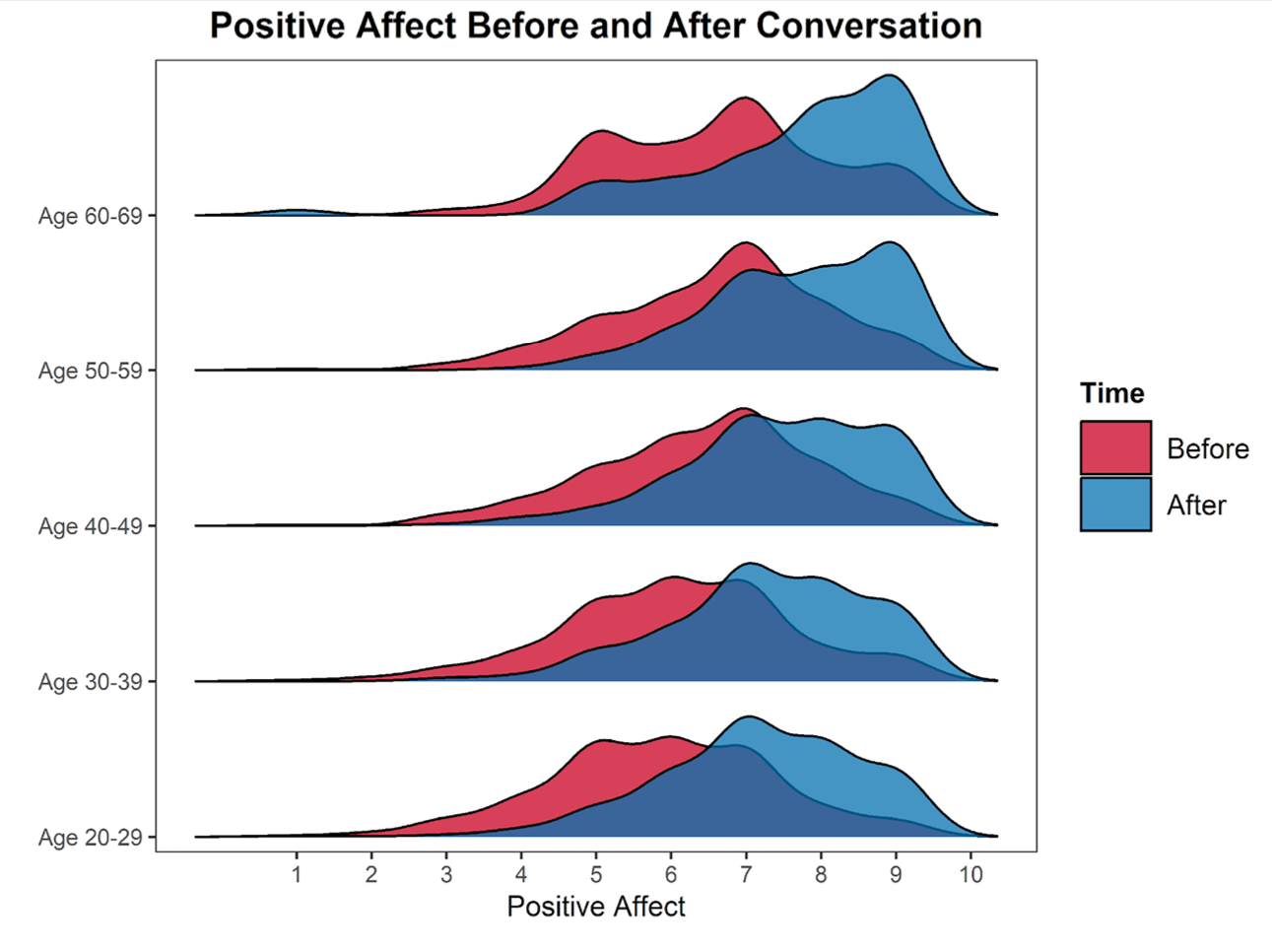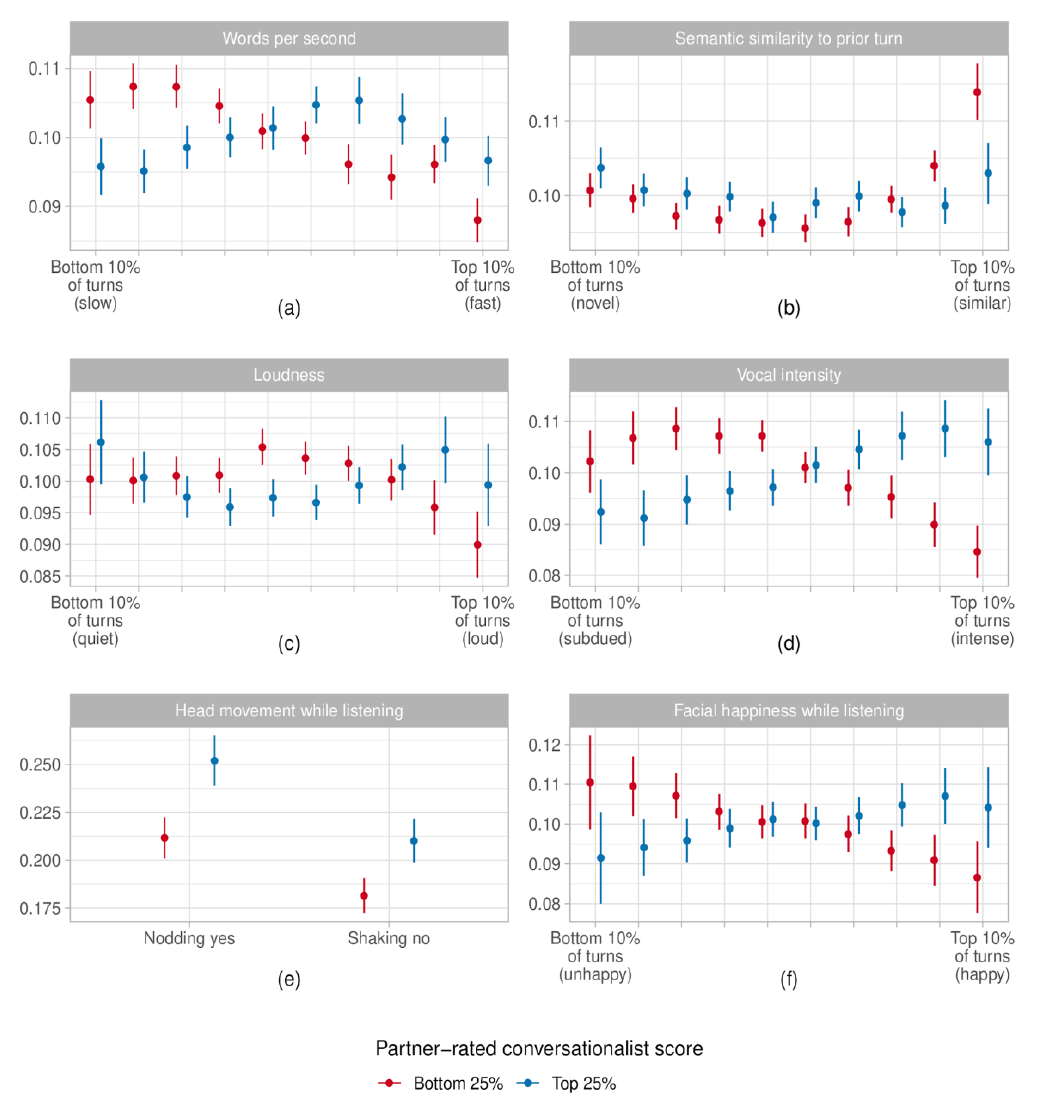The Anatomy & Science of Conversation
Conversation abounds in the world of fundraising whether in-person or over the phone. Everybody makes note that we should be active listeners and strive for making a conversation, well, you know, “conversational”. That feels thin.
The social science world has done a lot to get a more robust answer. This has implications for humans talking to humans but is of equal import for automated, AI bots that we’ve all experienced in customer service world on a website.
For starters, conversations are positive. I’ve come across many charities that refuse to consider telefundraising or are opposed to canvassing. These are often prejudicial, subjective biases. As proof, research shows we humans consistently underrate the enjoyment a stranger gets from having a conversation with us. If I wrongly believe a stranger won’t enjoy a conversation with me then I’m doubly convinced and doubly wrong they won’t enjoy a conversation with someone else.
It’s true some TM and F2F shops will create guilt induced, pressurizing experiences. That’s an indictment on the shops, not the power of conversation.

The chart above shows mood before and after a conversation. It’s a big, positive shift in mood after conversations and age makes no difference. I imagine a direct mail letter or email or social post having a hard time consistently creating this level of positive mood shift.
Not all conversations are created equal. What are the features of a good vs. bad conversationalist?

The blue marks are good conversationalists and they talk,
- Slightly faster (about .1 word per second faster)
- With greater variation in their loudness
- With more intensity
- With more novelty to the conversation when warranted but staying on topic as needed too
- With more behavioral cues of head nodding and smiling
Kevin



Bob at the Bristol is a largely attended conversation, I have with two random people at the restaurant and Bar. Starts at about 530 or 6. Sometimes we will have 3 couples who over three hours converse with me about Kansas City, their hometowns, sports, politics (politely), family, no family, lost relative. People clamor to be a part of the project started as we were in the early coming out of Covid.
Based on the guest, not me, because I have traveled the world, know KC, have a basic curiosity, empathy, sympathy, (Masters in Counseling). Using all those skills that I have used for decades in Major Gift Fundraising, you know when a conversation is going well. The routine is because guests have suggested this needs to be regular. One who had lost his mother, his classmate told me how much he appreciated my distraction, recently a group of five women before an event, I was sitting next to the youngest who was finishing a teaching program, but didn’t want to teach. We worked it through. a fella came up to me afterwards asking how did one guy keep 5 women entertained for an hour and a half. Listening is a trite word, I prefer curiosity. I have met people who explained Boise’s blue carpet, why Fort Worth has a Will Rogers Museum, emotional break ups, whether to have children or not is more popular than I would expect. I am sure some were bored, there is no penalty for leaving the group, no mocking of people other than me.
Come by some Thursday night with Bob at the Bristol.
[…] The Agitator gets into The Anatomy & Science of Conversation. […]
[…] The Agitator gets into The Anatomy & Science of Conversation. […]
[…] The Agitator gets into The Anatomy & Science of Conversation. […]